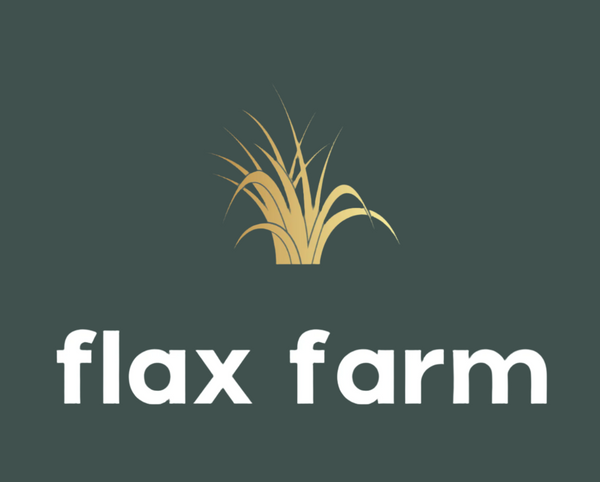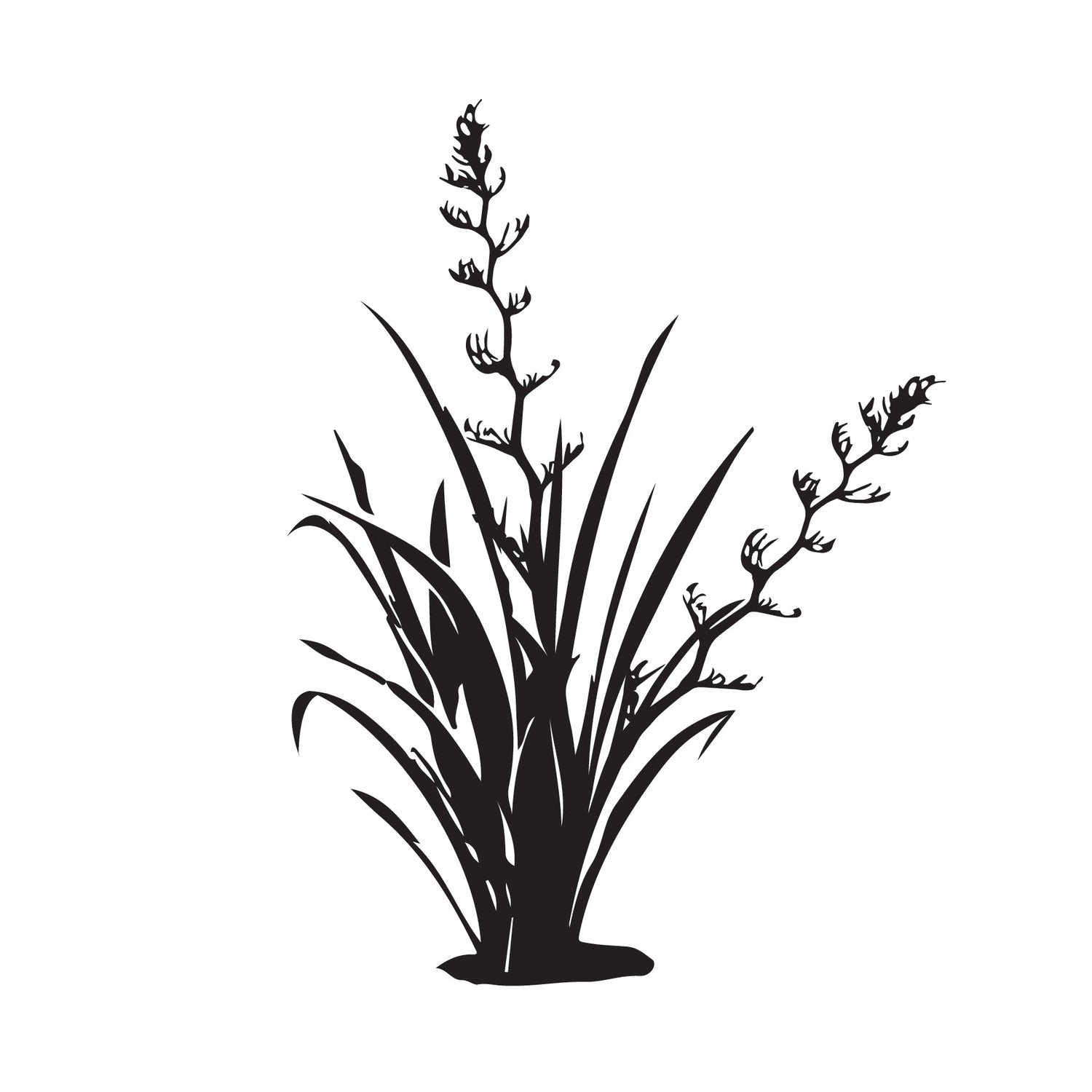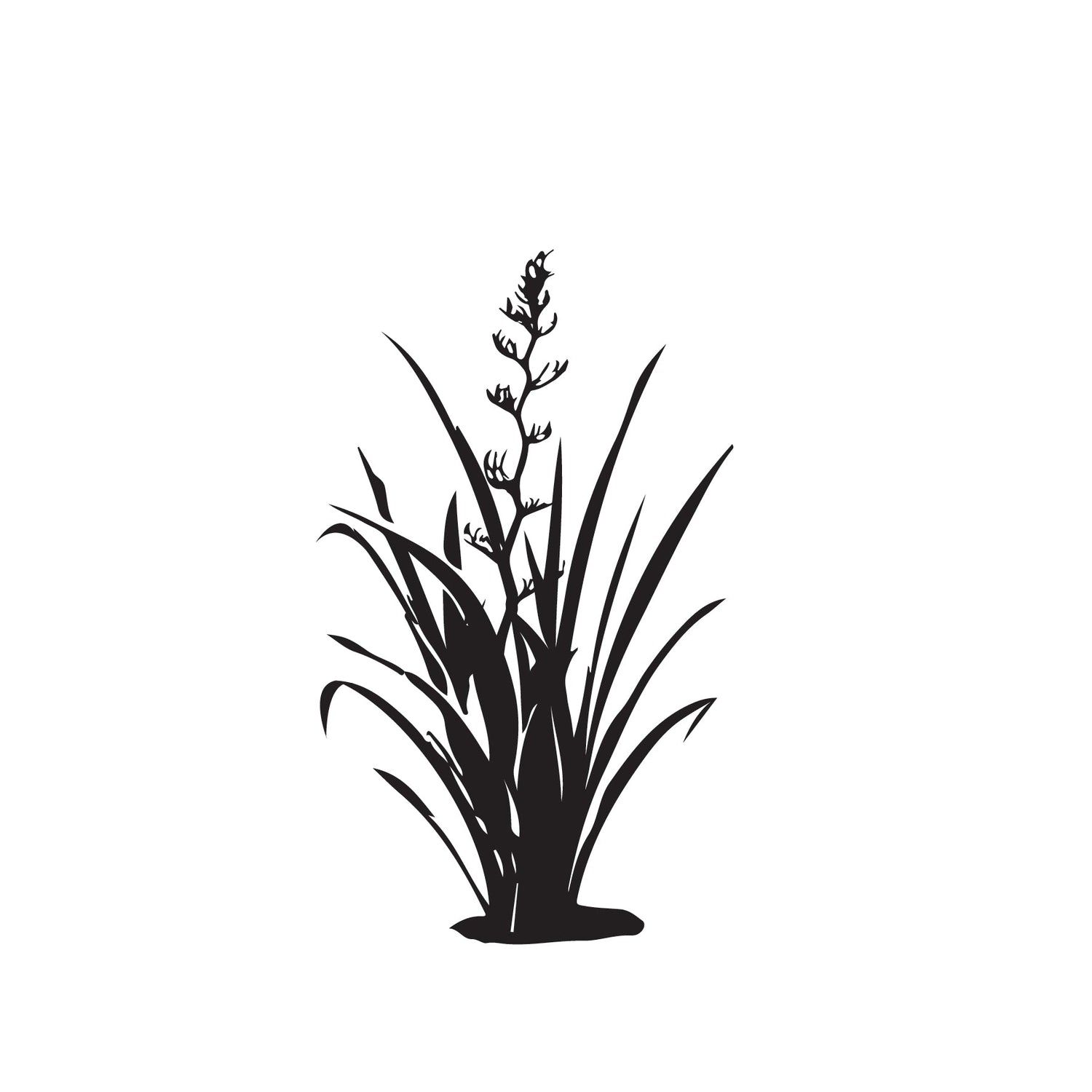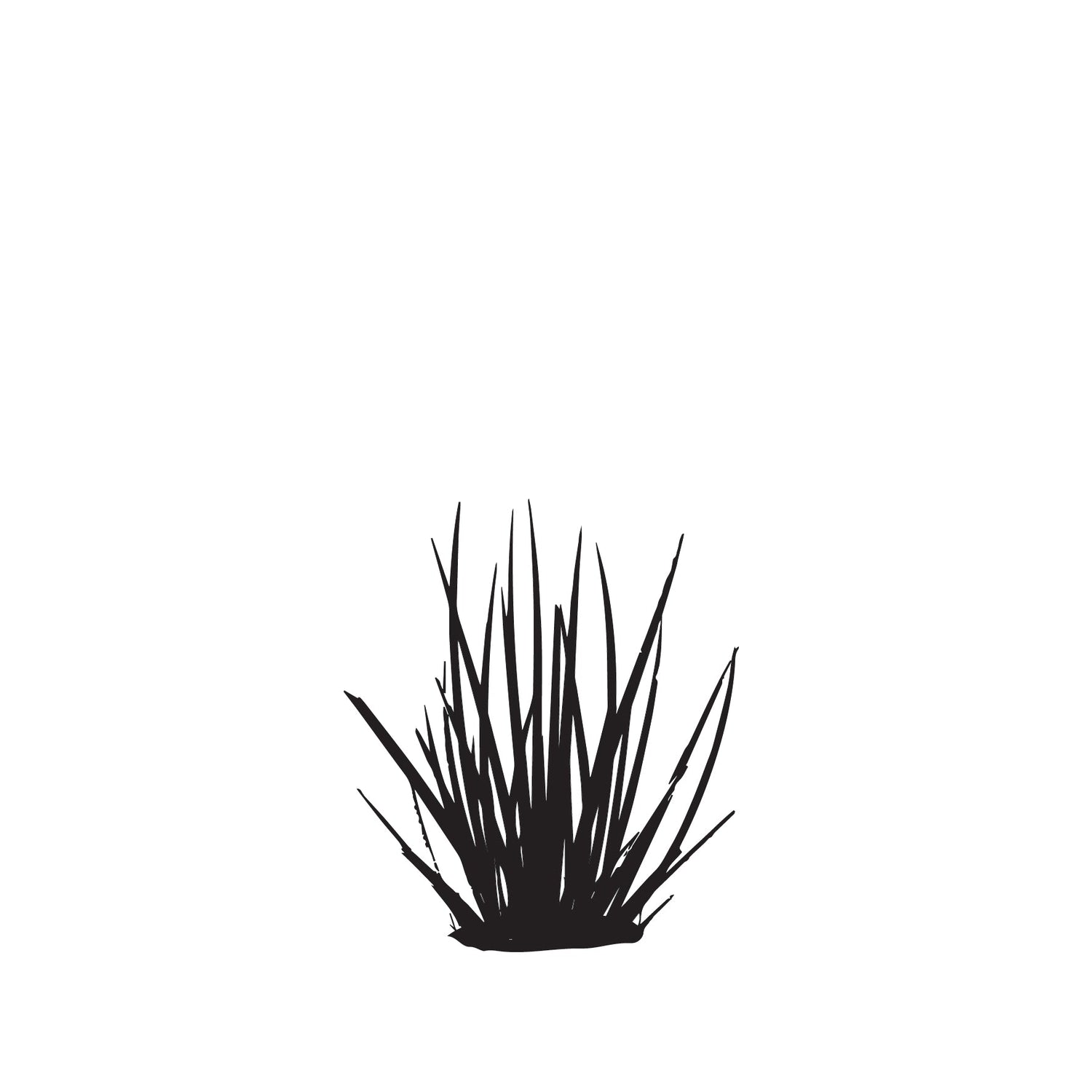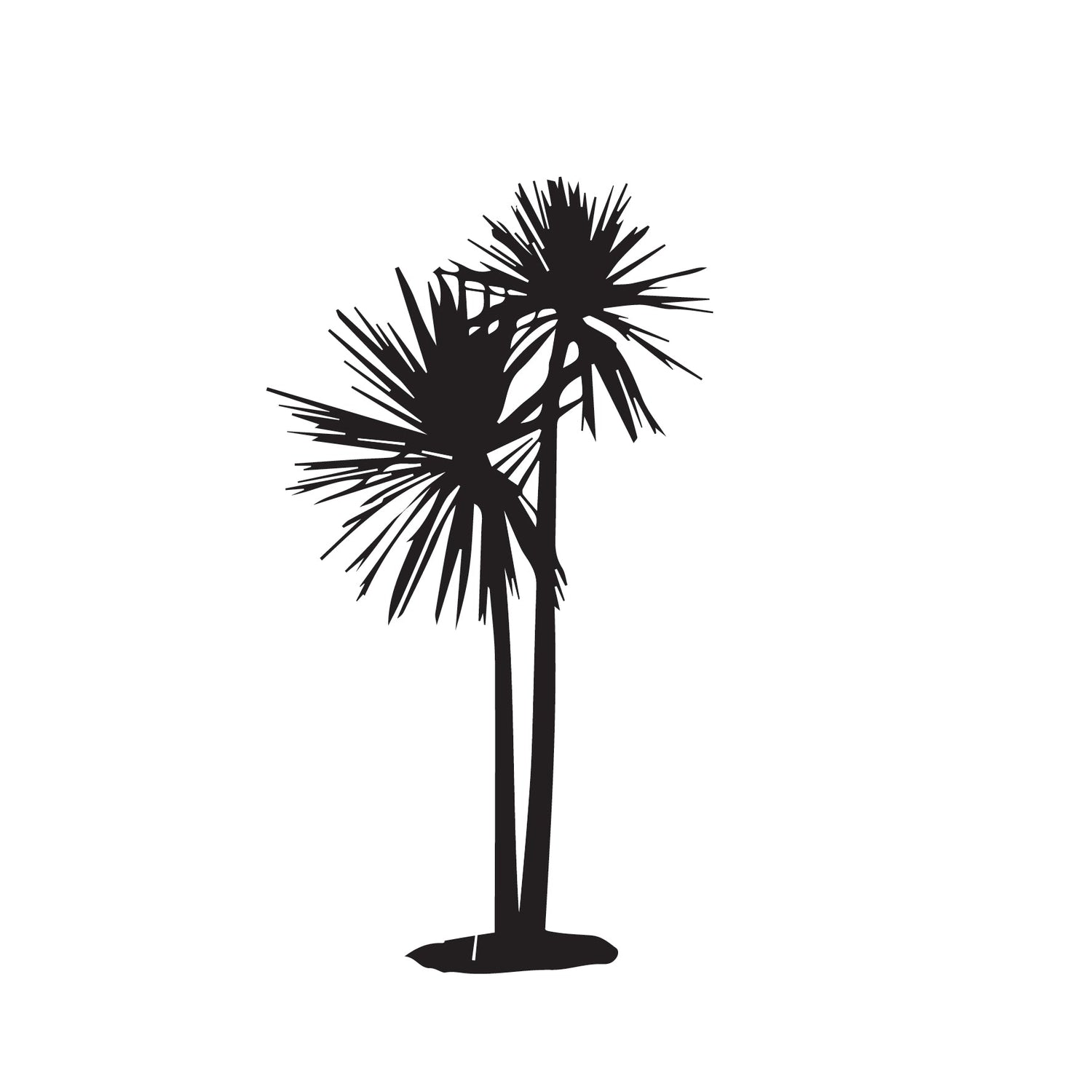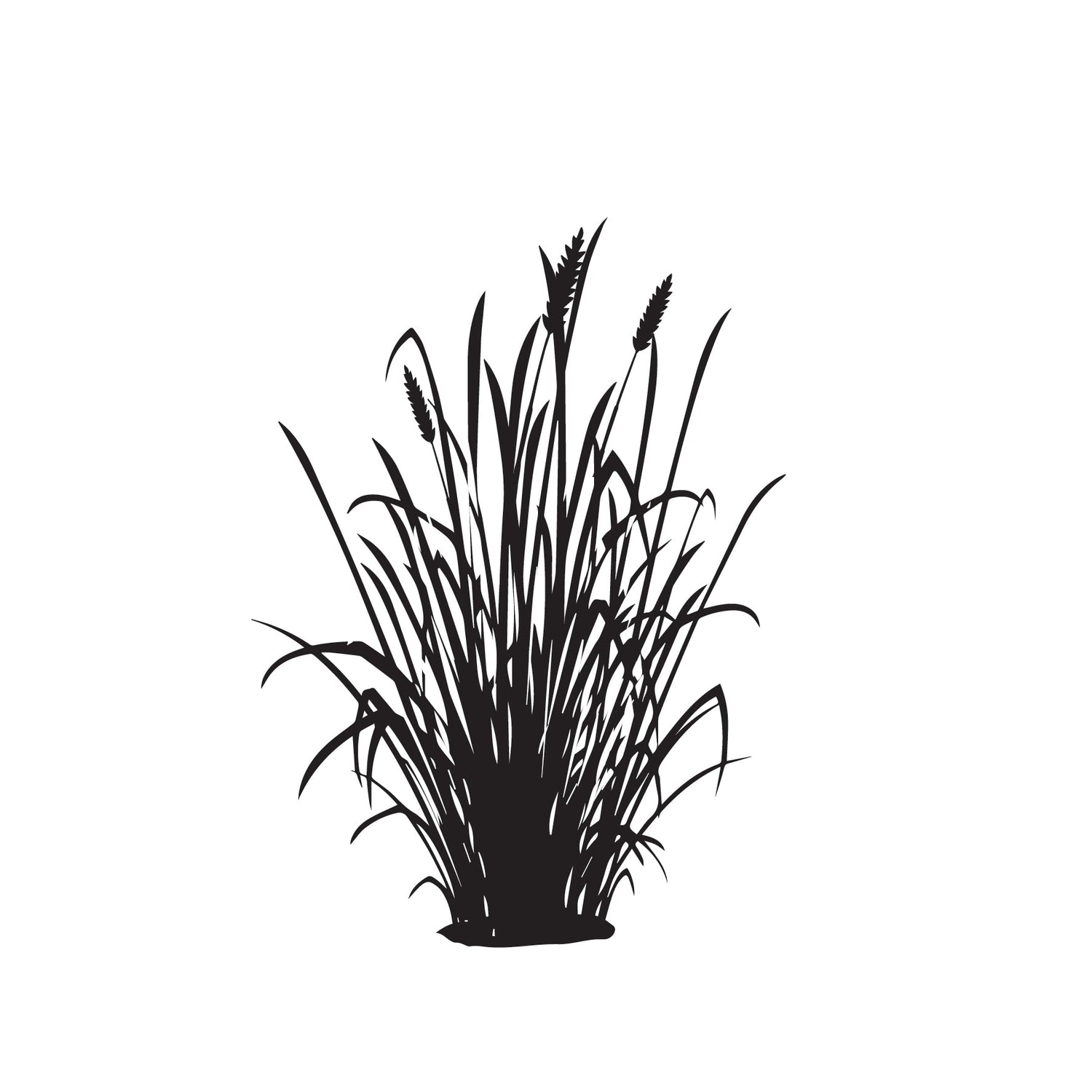Phormium Flax vs. Cookianum Flax: Choosing the Right Variety for Your Garden
Share
When it comes to adding texture, color, and architectural interest to your garden, flax plants are an excellent choice. However, navigating the different varieties of flax can be confusing, especially when comparing Phormium tenax (commonly known as Phormium flax) and Phormium cookianum (Cookianum flax). Both offer unique characteristics and benefits, making them suitable for various garden settings. Let's explore the differences between Phormium flax and Cookianum flax to help you decide which variety is best suited for your garden needs.
Phormium Flax (Phormium tenax)
- Size and Growth Habit:
- Phormium tenax is typically larger and more robust compared to Cookianum flax. It forms large clumps of sword-like leaves that can reach heights of 5 to 10 feet tall, depending on the variety.
- Its upright and arching foliage creates a dramatic focal point in the garden, making it suitable for borders, specimen planting, or as a backdrop in landscape designs.
- Foliage Colors and Patterns:
- Phormium tenax varieties offer a wide range of foliage colors, including shades of green, bronze, red, pink, and variegated combinations.
- The leaves are broader and stiffer compared to Cookianum flax, providing a bold and architectural presence in garden beds.
- Hardiness and Adaptability:
- Phormium tenax is more cold-hardy and tolerant of a wide range of environmental conditions, including coastal exposure and windy sites.
- It prefers full sun to partial shade and well-drained soil. Once established, it is drought-tolerant and requires minimal maintenance.
- Uses in the Garden:
- Due to its size and robust nature, Phormium tenax is often used for creating large-scale plantings, informal hedges, or as a structural element in mixed borders.
- It provides year-round interest with its evergreen foliage and occasional flowering spikes that attract pollinators.
Cookianum Flax (Phormium cookianum)
- Size and Growth Habit:
- Phormium cookianum is generally smaller and more compact compared to Phormium tenax, typically reaching heights of 2 to 5 feet tall.
- It forms dense clumps of narrower, more flexible leaves that have a softer appearance compared to Phormium tenax.
- Foliage Colors and Patterns:
- Cookianum flax varieties often feature softer foliage colors, including shades of green, yellow, cream, and orange.
- The leaves are narrower and more pendulous, creating a graceful and flowing effect in the garden.
- Hardiness and Adaptability:
- Phormium cookianum is less cold-hardy than Phormium tenax and is best suited to milder climates with protection from frost.
- It prefers similar growing conditions to Phormium tenax, thriving in full sun to partial shade and well-drained soil with regular watering.
- Uses in the Garden:
- Cookianum flax is ideal for smaller gardens, containers, or as edging along pathways where a more compact and graceful appearance is desired.
- It adds texture and color contrast to garden beds and complements other flowering perennials and shrubs.
Choosing the Right Flax for Your Garden
- Consider Size and Space: If you have ample space and are looking for a bold, architectural statement, Phormium tenax is an excellent choice. For smaller gardens or areas where a more delicate appearance is preferred, Cookianum flax may be more suitable.
- Climate and Conditions: Assess your garden's climate and environmental conditions. Phormium tenax is more adaptable to a wide range of climates, while Cookianum flax thrives in milder regions with protection from harsh frost.
- Design Preferences: Choose based on your design preferences and the overall aesthetic you wish to achieve in your garden. Both Phormium tenax and Cookianum flax offer unique foliage colors and textures that can complement various garden styles and themes.
By understanding the differences between Phormium flax (Phormium tenax) and Cookianum flax (Phormium cookianum), you can make an informed decision to enhance your garden with these versatile and visually striking plants. Whether you prefer the bold presence of Phormium tenax or the graceful charm of Cookianum flax, both varieties offer enduring beauty and architectural interest to elevate your outdoor space.
